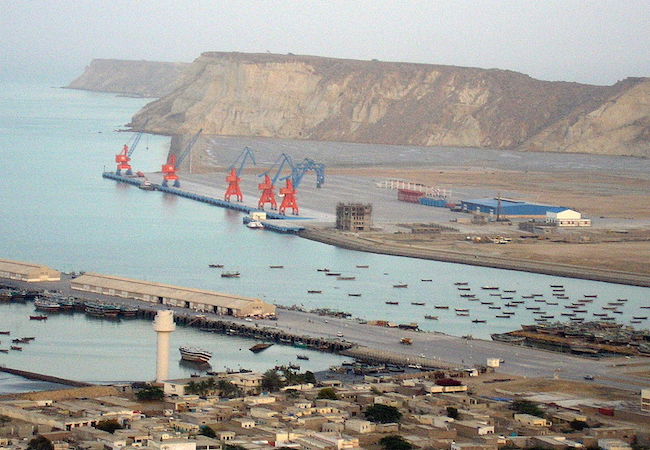
By Nasurullah Brohi
The One-Belt One-Road initiative has significantly comes up with the manifold opportunities enabling China to connect with the rest of the region through the railway and road networks. Particularly, in the aftermath of lifting sanctions from Iran, the cargo train started the ride transporting the business good from the Yiwu town of eastern China to Bandar Abbas in Iran and arrived on the 15 February 2016.
China’s One Road, One Belt policy is the firm commitment towards creating better opportunities for the economic progress and the development in the region. The project effectively connects more than 60 countries and furthermore, the project prospectively includes the construction of the road network that connect the Bangladesh, China, India and Myanmar through the BCIM-Economic Corridor and eventually links with the Silk Road, and the China-Pakistan Economic Corridor (CPEC). Moreover, the projects like Silk Road Economic Belt and the 21st Century Maritime Silk Road aim to employ the augmented efforts for the development strategies and link the Asia with Europe and the African countries intimately and endorse the objectives of mutual economic gains through the beneficial cooperation.
Similarly, the vigorous Pakistan-China joint venture of building road and railway network aims at connecting the Pakistani port city of Gwadar with China’s Xinjiang province through the mega project of China–Pakistan Economic Corridor (CPEC). The purpose here is the better utilization of the trade and investment opportunities in the course of the improved mechanism of regional connectivity. This project efficiently hooks up the entire region by virtually shaping the trend for mammoth affluence of and significantly, making possible a closer interaction opportunity between the people of the region. As frequently anticipated, the CPEC project is going to become one of the most essential land routes for world’s emerging economy. In addition, the Gwadar endows China with an impending naval pedestal in the vicinity of the oil supplies of the Gulf. Recently, during the regulators’ summit of the Gulf Cooperation Council (GCC), it was asserted that besides China’s economic restructuring phase some emerging markets witness a retard in terms of trade. The fundamentals of the global economy remain strong predominantly due to the factors of new global trade initiatives such as China’s Belt and Road initiative that significantly open new avenues for the regional investment.
The all-embracing gamut of the cooperation often foreseen through the CPEC would profoundly contribute in the fields of energy, transportation and the infrastructure developments of Pakistan. The transformation of the previously sluggishly moving economy of Pakistan will involuntarily bring insightful prosperity to the lives of common people. The economic importance of the CPEC has also colossal intimidations and despite the looming campaigns against the CPEC, Pakistan and China have strongly been vowing with the firmness to meet any challenge and bring the long cherished dream into the reality. The China-Pakistan Economic Corridor is precisely being termed as a game changer for the whole region. The trade and transportation route from Kashgar to Gwadar is the benign opportunity for the landlocked Afghanistan and other Central Asian countries to access the easiest trade route and claim their due share of economic benefits by exporting their goods to the international markets.




